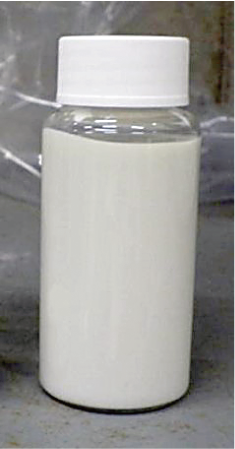
Fig.1-11 Appearance of the carbonate slurry sample

Fig.1-12 Enlarged image of the carbonate slurry sample

Fig.1-13 Radioactivity analysis results
The Multiple Radio-nuclides Removal System (MRRSTM) is a contaminated water treatment facility that decontaminates the radioactive water at the TEPCO’s Fukushima Daiichi NPS (1F). The treatment generates secondary wastes, e.g., slurry and used adsorbent. Since such secondary waste is not generated during the operation of a normal nuclear power plant, a method of safely storing, processing, and disposing this waste is imperative. For this purpose, the properties of this waste must be investigated.
The carbonate slurry must be characterized preferentially because it contains highly concentrated radionuclides and is generated abundantly by the MRRS. We collected and analyzed four samples of the waste generated at different times from different sampling positions in the High Integrity Container (HIC), which stores the carbonate slurry generated by the MRRS of 1F.
We found high dose rates (surface dose rates of the vial) in the sampled carbonate slurry (10–100 mSv/h from a 10-mL sample in the polyethylene terephthalate vial (Fig.1-11)).
Fig.1-12 is a micrograph of the carbonate slurry. As a result of measuring the particle size distribution in this slurry, there were many particles of several µm.
As a result of the element concentration analysis using inductively coupled plasma atomic emission spectrometry, magnesium and calcium were each approximately 20 mass% in the solid component of the carbonate slurry. It was found that magnesium and calcium which are removal targets in the carbonate precipitation process could be removed.
A radiochemical analysis of the carbonate slurry revealed eight main nuclides (Fig.1-13), among which 90Sr was present at the highest concentration. Moreover the high-radiation dose emitted from the carbonate slurry was attributable to the radiation derived from 90Sr and 90Y (its daughter nuclide).
These results will be used to find suitable methods for the disposal and treatment of the slurry.
This work includes part of the results of the “Development of technology for treatment and disposal of accident waste“, funded by the Ministry of Economy, Trade and Industry (METI), Japan.